When the bright moon fades and crimson hues dye the horizon,
a cosmic whisper quietly begins.
This is the cycle of light and shadow, a poetic ode to time,
and a romantic rendezvous between us and the stars.
Raise your lens to capture the fleeting dance of lunar shadows,
listen to the murmurs of the crimson moon,
and etch this mystery and awe into eternity.
Date
March 13, 2025 - April 14, 2025
Prize
Post entries about Total lunar eclipse. After official review, you can get the badge of this Total lunar eclipse. The badge will be earned uniformly after the contest ends.
Entry requirement
1. It must be related to the observation of the Total lunar eclipse on March 14, 2025, and the entries can include videos or images.
2. It must be an original entry taken by yourself and there must be no copyright disputes.
3. It must be captured authentically, without the use of computer synthesis, splicing, or AI generation.
Rules
1. Participant Eligibility: All registered users in AstroNet can participate. Each user can submit multiple entries.
2. Submission Method: When posting works, simply check the "Total lunar eclipse" topic.
Statement
1. This contest does not charge any fees, if you did not pass the registration approval, all losses and consequences will be borne by you.
2. Users who do not comply with the rules will be disqualified from the prize.
3. This contest applies to the AstroNet "Legal Notice and Privacy Policy" and "Software Service Agreement".
4. This contest and prizes are not related to Apple Inc.
5. The final interpretation of this activity belongs to ZWO.If you have other questions, please contact the official customer service astronet@zwoptical.com.
About the Lunar Eclipse
A lunar eclipse occurs when the Earth completely or partially blocks sunlight from reaching the Moon, and it can only happen during a full moon.
If the Earth, Moon, and Sun align in a straight line, a total lunar eclipse will occur; if their alignment is not perfectly straight, observers may see a partial lunar eclipse, a penumbral lunar eclipse, or no eclipse at all.
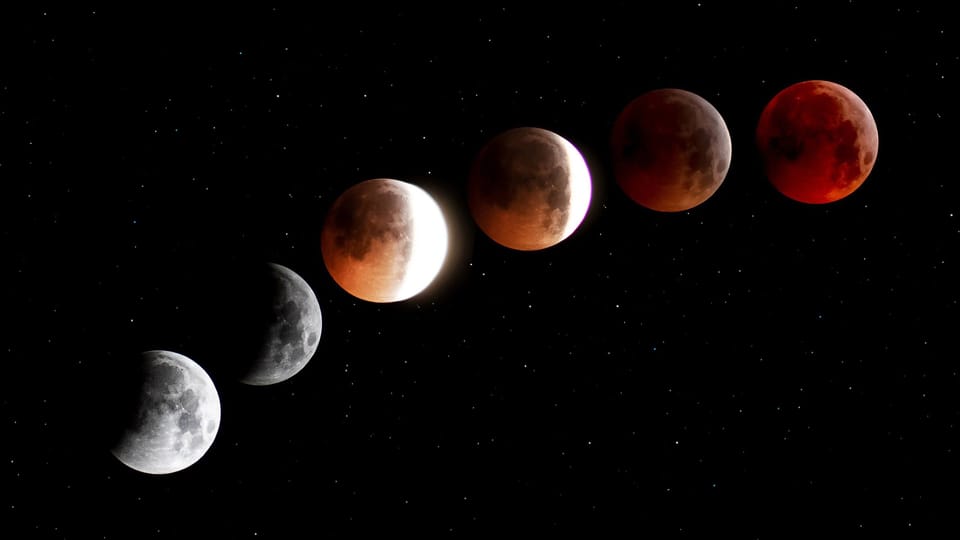
This lunar eclipse will be visible in parts of eastern Asia, eastern Oceania, the Pacific Ocean, North America, South America, the Atlantic Ocean, Europe, western Africa, the Arctic Ocean, and Antarctica.
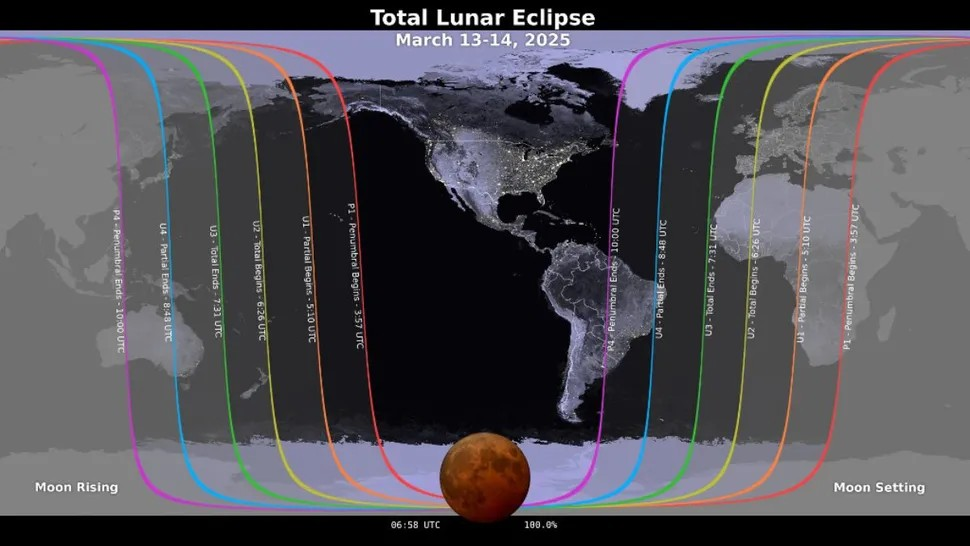
Types of Lunar Eclipses
There are three types of lunar eclipses: total lunar eclipse, partial lunar eclipse, and penumbral lunar eclipse.
Total Lunar Eclipse
A total lunar eclipse is the most spectacular of the three types. It occurs when the Sun, Earth, and Moon are precisely aligned in space. The Earth is positioned between the Moon and the Sun, casting its inner shadow, known as the umbra, over the entire Moon.
Although the Earth blocks all direct sunlight, a small portion of light is refracted by the Earth's atmosphere and reaches the Moon's surface. Our planet's atmosphere scatters blue light but allows red light to pass through. This is why the lunar disk turns red. Due to its distinctive reddish hue, a total lunar eclipse is often referred to as a "Blood Moon."
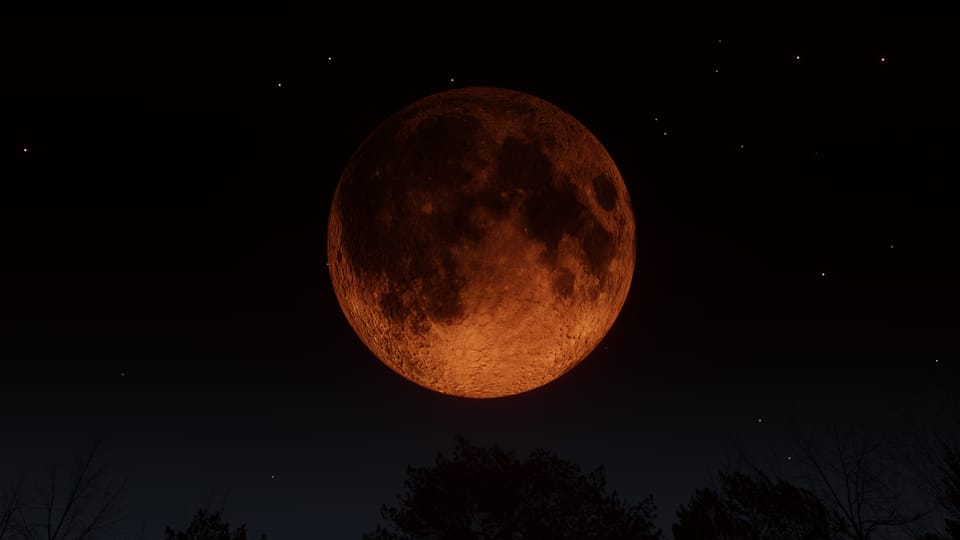
Partial Lunar Eclipse
A partial lunar eclipse occurs when only a portion of the Moon is covered by the Earth's umbra. This astronomical event happens when the Sun, Earth, and Moon are not perfectly aligned. During this type of eclipse, only a part of the Moon becomes dark and takes on a subtle reddish tint.
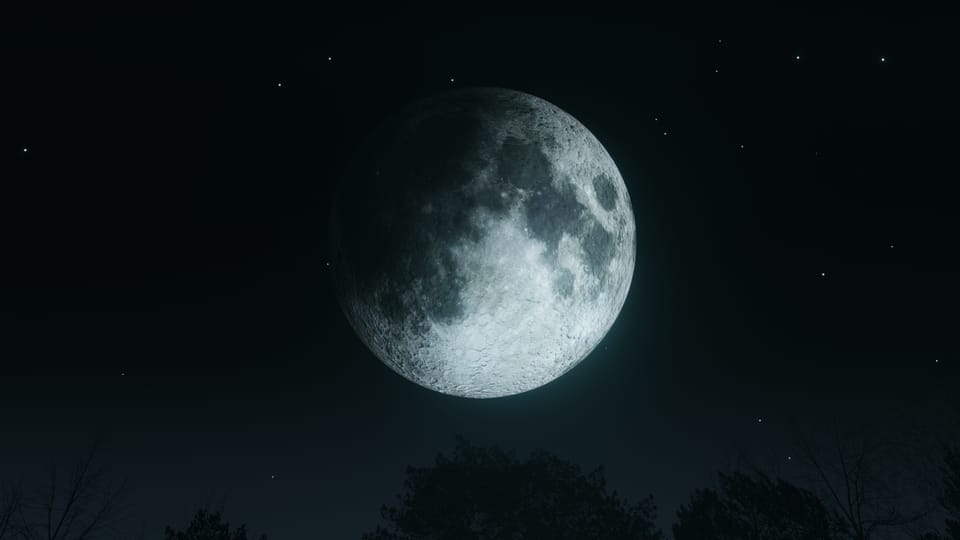
Penumbral Lunar Eclipse
A penumbral lunar eclipse occurs when the Moon passes through the penumbra, which is the outer part of the Earth's shadow. This is the most subtle type of lunar eclipse: to the keen-eyed observer, the Moon will appear only slightly dimmer than usual.
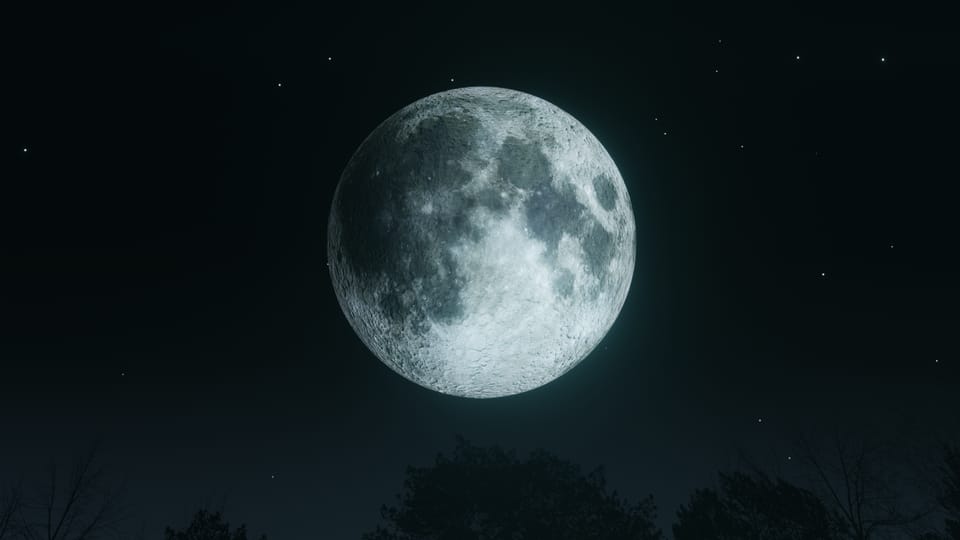
Lunar eclipse vs solar eclipse
Both lunar and solar eclipses involve three celestial bodies: the Sun, the Earth, and the Moon.
- During a lunar eclipse, which happens at night, the Moon gets covered by the Earth’s shadow.
- During a solar eclipse, which happens in the daytime, the Sun gets covered by the Moon’s disk as seen from the Earth.
- Lunar eclipses occur only at a Full Moon, while solar eclipses happen only at a New Moon.
- A lunar eclipse can be observed from anywhere on the night side of the Earth. This is due to the fact that the Earth’s shadow is huge compared to the Moon.
- Solar eclipses are visible only from specific locations where the Moon’s shadow falls. This is because the Moon’s shadow is much smaller than the Earth’s.
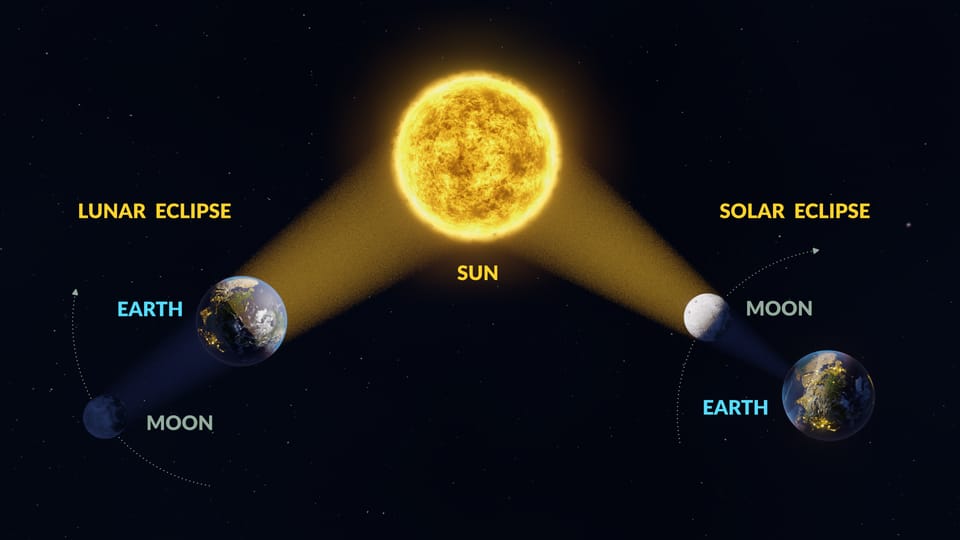
Content excerpted from: starwalk
